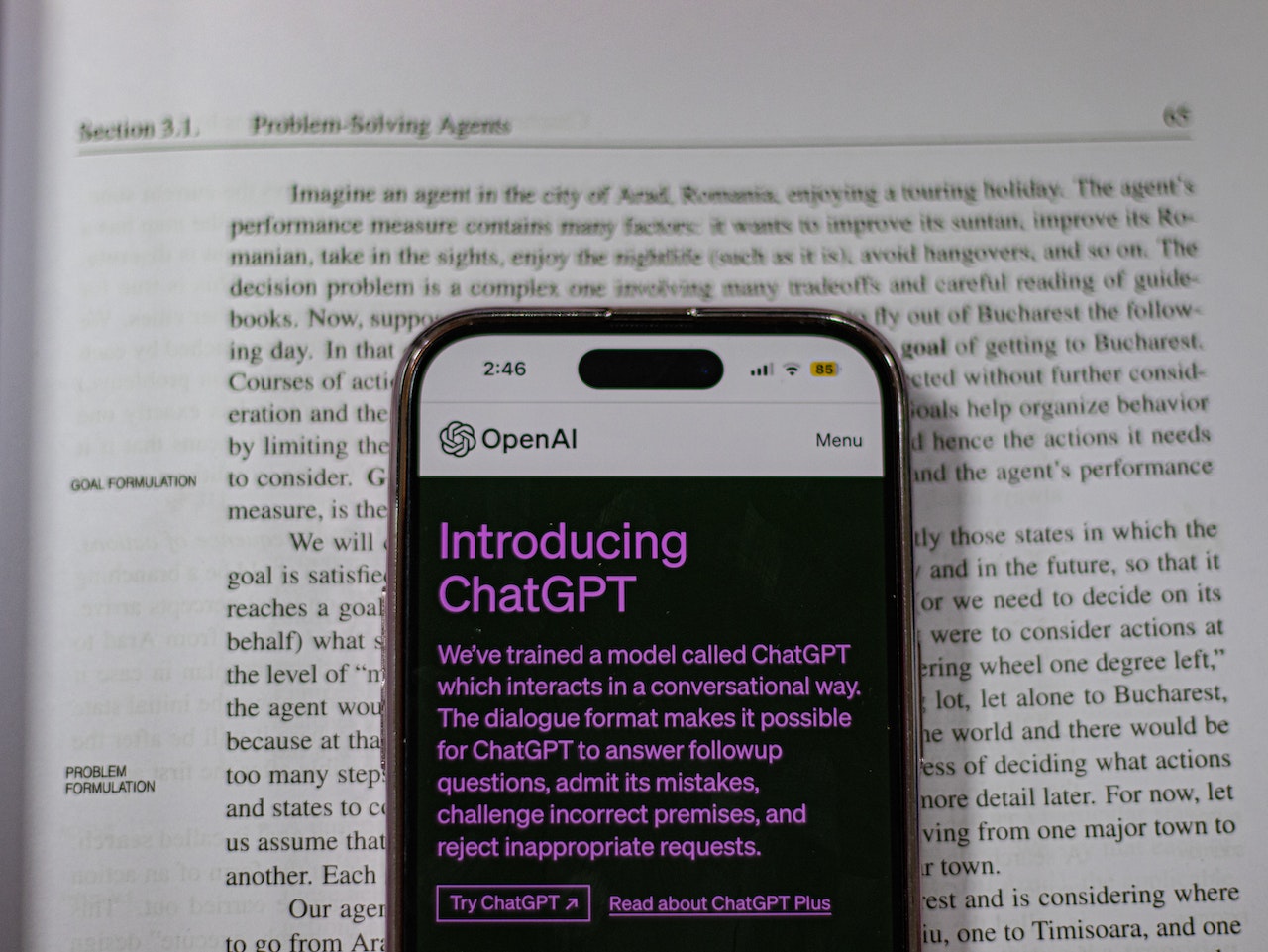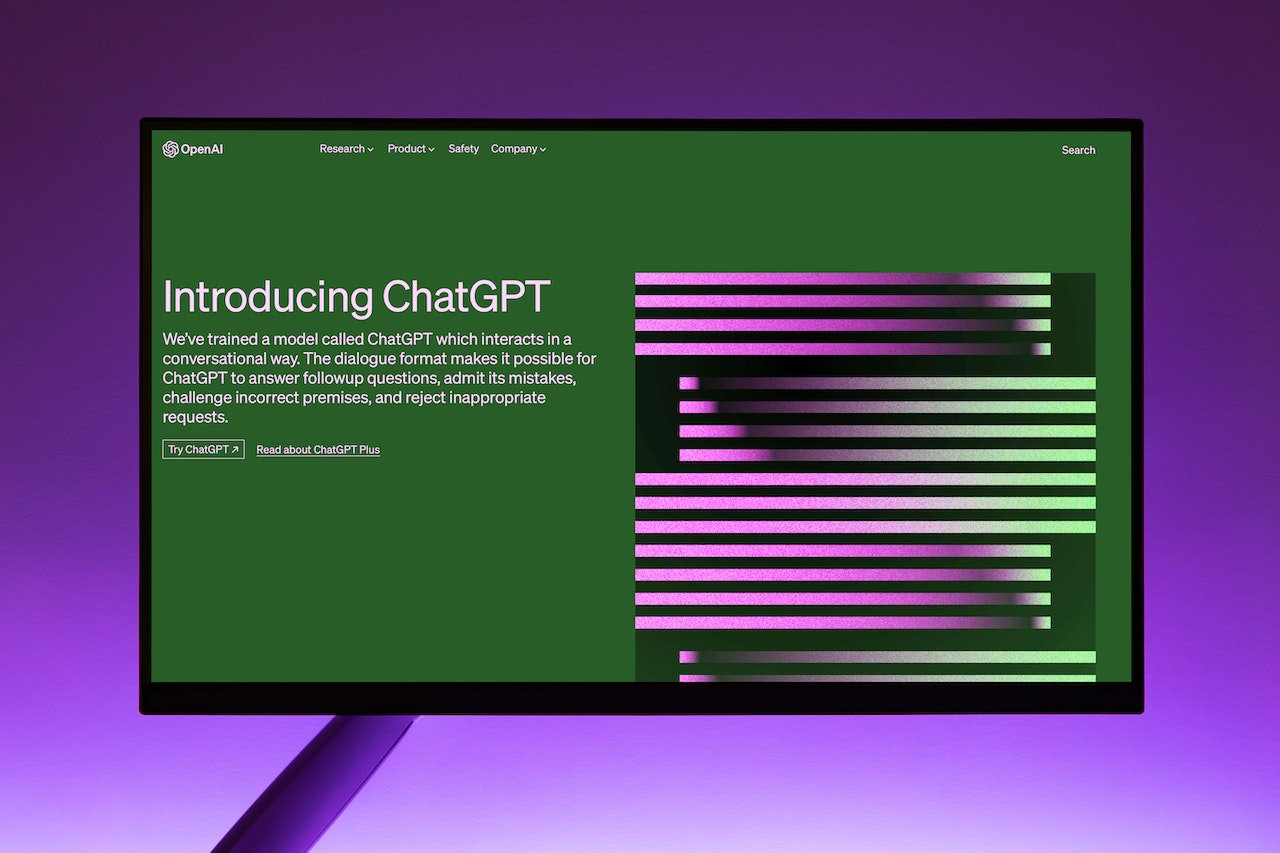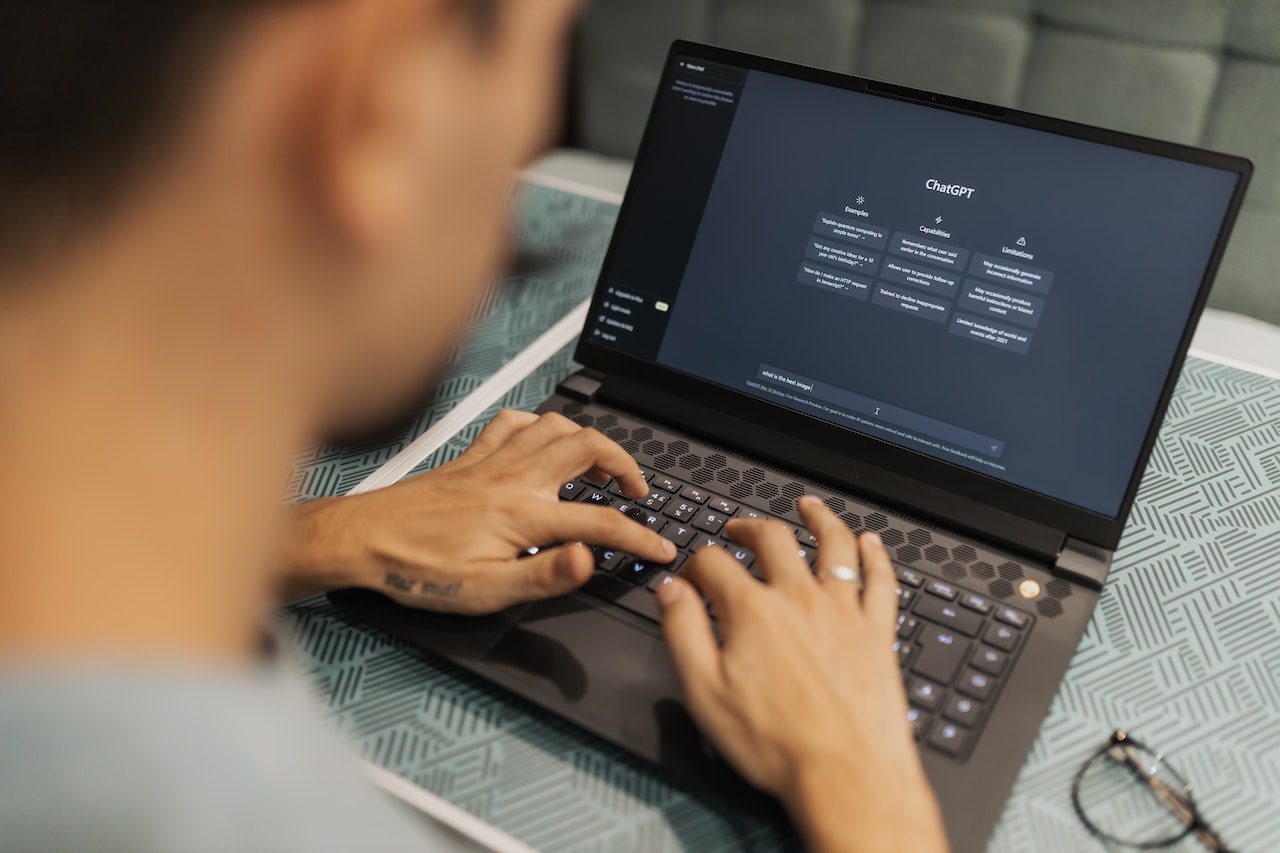ChatGPT is an advanced language model that has gained immense popularity for its ability to generate human-like text. Training ChatGPT effectively is crucial to ensure its accuracy, coherence, and ability to provide helpful responses. In this article, we will explore the step-by-step process of training ChatGPT to optimize its performance and make it a valuable tool for various applications.
Understanding the Basics
To train ChatGPT effectively, it’s important to have a basic understanding of how the model works and its key components. ChatGPT is built on a transformer architecture that utilizes self-attention mechanisms to process and generate text. It consists of multiple layers, each responsible for capturing different levels of linguistic information.
Data Collection and Preparation
Collecting and preparing data is a crucial step in training ChatGPT. Start by identifying relevant data sources, such as online forums, social media platforms, or specific domain-specific datasets. It’s important to ensure the data is diverse and representative of the target audience. Additionally, data quality checks and preprocessing steps, such as cleaning and tokenization, should be performed to improve training performance.
Fine-tuning the Model
Fine-tuning allows us to adapt a pre-trained ChatGPT model to a specific task or domain. Define the task and objectives clearly, such as providing informative answers or generating creative text. Select a suitable dataset for fine-tuning, ensuring it aligns with the desired task. Fine-tuning helps the model become more specialized and context-aware, enhancing its performance.
Training Process
Setting up the training environment is essential for efficient training. Utilize powerful hardware, such as GPUs or TPUs, to accelerate the process. Adjust hyperparameters like learning rate, batch size, and training duration to achieve optimal results. The training process involves feeding the prepared dataset to the model and iteratively updating its parameters using gradient descent optimization.
Evaluation and Iteration
Evaluating the performance of the trained ChatGPT model is crucial for improvement. Assess the quality of generated text by using evaluation metrics and human judgment. Identify areas where the model falls short or produces incorrect or biased responses. Iterate on the training process by incorporating feedback and retraining the model to enhance its capabilities.
Best Practices for Training ChatGPT
To ensure the ongoing effectiveness of the trained ChatGPT model, several best practices should be followed. Regularly update the training data to account for evolving trends and language patterns. Handle biases and ethical considerations carefully, addressing potential harmful outputs. Implement monitoring systems to track the model’s behavior and make necessary adjustments promptly.
Advanced Techniques for Training
For more advanced training scenarios, consider utilizing techniques like reinforcement learning and transfer learning. Reinforcement learning allows the model to learn from user feedback, improving its responses over time. Transfer learning enables the model to leverage pre-existing knowledge from related tasks or domains, accelerating the training process and improving performance.
Deploying the Trained ChatGPT
Once the ChatGPT model is trained, it can be deployed in various applications. Integration into applications requires defining a clear interface for user interactions. Develop strategies to handle user queries effectively and provide informative responses. Continuously gather user feedback and iterate on the model to enhance its performance and adapt to evolving user needs.
Conclusion
Training ChatGPT is a complex yet rewarding process. By following the outlined steps and best practices, you can optimize the performance of ChatGPT and create a valuable tool for generating human-like text. It’s crucial to continuously monitor the model, address biases and ethical concerns, and keep refining it to ensure its usefulness and reliability.
FAQs
- Can ChatGPT be trained for specific domains? Yes, ChatGPT can be fine-tuned for specific domains by providing domain-specific training data and defining appropriate objectives.
- How long does it take to train ChatGPT? The training time for ChatGPT depends on various factors, such as the size of the dataset, hardware capabilities, and training objectives. It can range from several hours to several days or even weeks.
- What is reinforcement learning in ChatGPT training? Reinforcement learning involves training the model using a reward system based on user feedback. It allows the model to improve its responses over time.
- How can biases in ChatGPT responses be addressed? Biases in ChatGPT responses can be mitigated through careful data curation, monitoring, and incorporating ethical guidelines during training and evaluation.
- What are some popular applications of ChatGPT? ChatGPT finds applications in various domains, such as customer support, content generation, virtual assistants, and creative writing assistance.





